They've taken a hit from the growth of water and fruit juices but don't write carbonates off yet says Lisa Riley
Carbonates have been the star of the soft drinks market for decades, their growth outstripping virtually all the other segments each year without fail. Even as recently as 2000, carbonates accounted for over 60% of total market value share, and sales were growing significantly faster than still's.
In the last year, however, there has been a significant sea change in soft drinks consumption. In pursuit of a healthier lifestyle, consumers have stepped up their purchases of water and fruit juice, pushing total market value sales of still up 7%, way ahead of carbonates at 3%. This reversal of fortune has made still the category driver for the first time ever [Britvic Soft Drinks Category Report 2002].
This development by no means heralds the beginning of the end of carbonates. However, it is part of a much wider international trend in favour of still expected to continue for the near future. The latest Sucralose Soft Drinks report predicts carbonates' share could have shrunk to 48% by 2006 as the performance of still gathers pace. But, to put this into perspective, it will be within a market expanding overall.
As the chief protagonist of carbonates, Coca-Cola Enterprises is bullish about carbonates' performance and future prospects.
Marketing director Ian Deste says: "There are two driving forces behind market growth carbonates and juices each adding equal growth. CCE is investing equally in both categories while some of our competitors have shifted their focus."
This year Deste predicts carbonates will grow by up to 5%.
Britvic is equally positive. Director of category planning Sue Garfitt says that as a core part of the soft drinks offering, flavoured carbonates will always perform at least in line with the total market. "In order to spearhead growth over and above the market rate, manufacturers need to respond to increasingly diverse consumer demands with investment and innovation.
"Over the past year we have seen this happen, with a dynamic market playing host to a range of new brands, brand extensions and promotional support, and we expect the sub-category to build on this steady positive growth in the forthcoming year," she says.
Though the days of spectacular growth may be over, within take home carbonates are still gaining ground, managing 3% value/1% volume over the last year [Britvic Soft Drinks Category Report].
Cola remains the largest sector, accounting for almost a quarter of sales and 3% value growth, with flavoured carbonates a close second, with just over 20% share and 4% value growth [ACNielsen].
Lemon is the second biggest flavour, boosted by the stellar launch of CCE's Fanta Icy Lemon but let down by the continuing decline of own label and budget lemonade. Orange held on to its 7% share on the back of Fanta [Sucralose Soft Drinks Report], which had a spectacular year as flavoured carbonates' fastest growing brand.. Orange Fanta grew 18%, while the whole brand rose 61% [ACNielsen December 29 2001] largely due to Icy Lemon's introduction which produced incremental value of £26m, according to CCE's Deste.
Of CCE's other brands, Sprite gained a healthy 16% which will be buoyed by the £3.8m marketing campaign supporting the brand this year.
Schweppes Lemonade bucked the downward trend in lemonade by gaining 3% in take home, according to Deste. "Premium lemonade is still in growth and holds a price premium," says Deste.
It will also benefit from the continuance of the Sch...You Know Who' campaign, which Deste says will be just one facet of the support behind the brand this year.
CCE is also putting £3.4m behind Dr Pepper targeting 15 to 19-year-old males. ACNielsen shows an 4% increase in growth value for the brand in the year to February 23 2002.
Britvic will be concentrating on its orange and lemon and lime drinks which, it says, are the most popular among the 10 to 15-year-old target audience.
In particular it is putting a lot of effort behind Tango this year which suffered a 12% fall last year due to Britvic's lack of focus on the brand [ACNielsen December 29 2001]. Its campaign includes a £9m summer promotion featuring new TV and outdoor ads, a new web site, an on-pack promotion, sampling and a refreshing' new look.
To drive global sales of Pepsi's sister lemon and lime brand, 7UP is benefiting from a host of promotional activity surrounding Pepsi's Share the Dream World Cup campaign, including an SMS based promotion to push sales of 500ml packs and an instant win promotion on 2 litre and 4x1.5 litre packs.
Britvic's premium lemonade R White's and premium traditionals range which comprises Idris Fiery Ginger Beer, Smooth Cream Soda and Dandelion and Burdock, are being re-packaged and supported by a regional and national press coverage across the summer to drive trial and penetration among the core adult audience.
The Idris range has been repackaged in a clear 1.5 litre plastic bottles with wraparound labels.
Idris Ginger Beer has also been reformulated in an effort to make it "extra fiery and fizzier". From May, R White's Cloudy will be repackaged in this new bottle style.
AG Barr is focusing on Scotland's favourite Irn-Bru brand this year, the fourth biggest carbonated soft drink in the UK, which dropped 4% in value and 3% in volume last year [ACNielsen to December 29 2001].
This year it will be supported by national terrestrial, cable and satellite TV campaign with three advertisements running from May to August. The Irn-Bru liveried taxis will also be back on the streets of Glasgow, Edinburgh and London.
Tizer, which has shown "excellent growth" during the past year, according to Barr, will continue to sponsor ITV's pop programme CD:UK to reach its target 13 to 15-year-old audience.
New offerings this year includes Barr's addition to its Orangina range Orangina Rouge, a red drink made from pure blood oranges with natural stimulant Guarana adding an exotic twist. The new drink will be available from July.
At the same time Barr's sparkling orange drink Orangina will receive a national colour consumer press campaign to run from May to October which will target the 15 to 44-year-old consumer. The package will be complemented by on-pack activity across all packs in the summer with a holiday/leisure theme.
Vimto Soft Drinks believes 500ml PET bottles hold the key to future growth in the impulse sector and moved the lemon and tropical flavour variants of its Sunkist brand into this size format in February.
Marketing manager Emma Hunt says: "500ml bottles are the major growth area in the impulse purchase of soft drinks. People are increasingly looking for convenient products they can drink on the go and the resealable 500ml bottles fit that need perfectly."
A television campaign for Vimto Citrus kicked off in February featuring fun-loving cartoon character Purple Ronnie designed to appeal to both mothers and children.
Building on last years successful sponsorship of PopStars, T&T Beverages says its expects to double its market share, currently at 1.5% [ACNielsen] on the back of an intensive £2m campaign launched in March using a high profile tie-in with the distributors of the movie Ali G Indahouse.
While organic remains a small segment of the overall carbonates market, consumer trends and recent sales growth suggest the sector will grow in importance.
Whole Earth Foods, whose portfolio includes organic alternatives to cola and lemonade as well as Mountain Cranberry and Sparkling Orange, claims 35% of the organic soft drinks market, a 5% growth on last year.
This year Whole Earth will be adding two new drinks to its portfolio, Organic Sparkling Ginger and Organic Sparkling Elderflower which will hit the shelves in health food stores this May.
{{FOCUS SPECIALS }}
Close menu
- Home
- Retail & Wholesale
-
Products & Suppliers
- Back to parent navigation item
- Products & Suppliers
-
Product Categories:
- Back to parent navigation item
- Product Categories:
- Alcoholic drinks
- Bakery
- Cereals & breakfast
- Cheese
- Chicken & poultry
- Chocolate
- Confectionery
- Crisps, nuts & snacks
- Dairy
- Fish
- Fresh produce
- Frozen
- Household
- Meat
- Own Label
- Sauces & condiments
- Seasonal
- Soft drinks
- Vaping
- Vegan & plant-based
- World foods
- Suppliers
- People
- Reports & Data
-
Topics A-Z
- Back to parent navigation item
- Topics A-Z
-
Popular topics:
- Back to parent navigation item
- Popular topics:
- Cost of living crisis
- Crime
- Deposit Return Schemes
- Finance
- Government & Regulation
- Health
- Inflation
- Loyalty
- Marketing
- Mergers & Acquisitions
- New Product Development
- Sourcing
- Supply chain
- Sustainability & environment
- Technology
- Ultra Processed Foods
- Vaping
- A-Z all topics
- Content by type:
- Events
- Subscribe now
Sign in to comment on this article
Not logged in before? Register for FREE guest access today.
You will be able to:
- Read more stories
- Receive daily newsletters
- Comment on stories
Advert







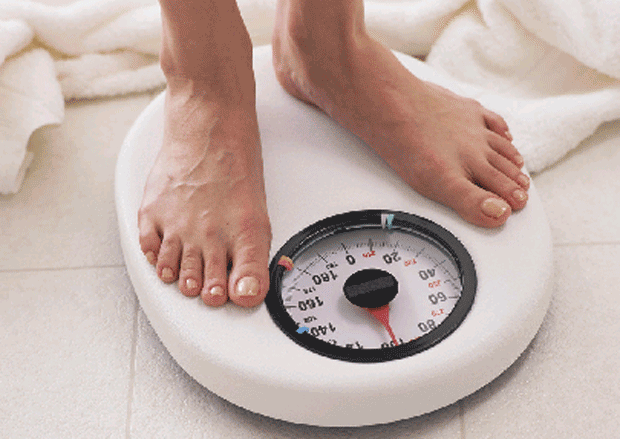



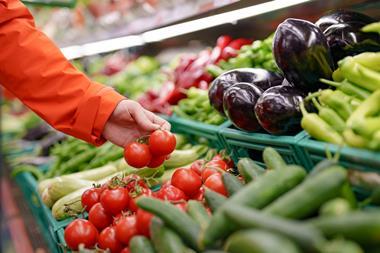
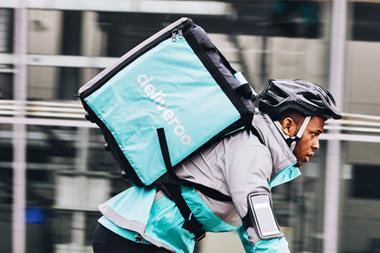
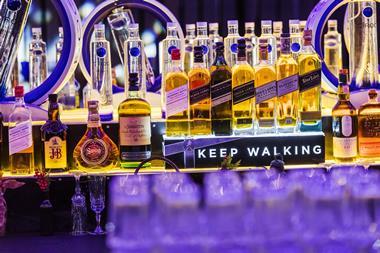



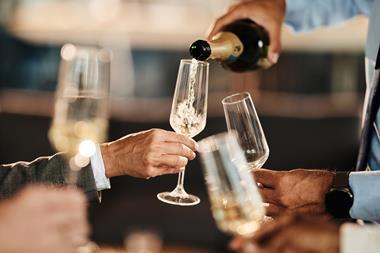
No comments yet